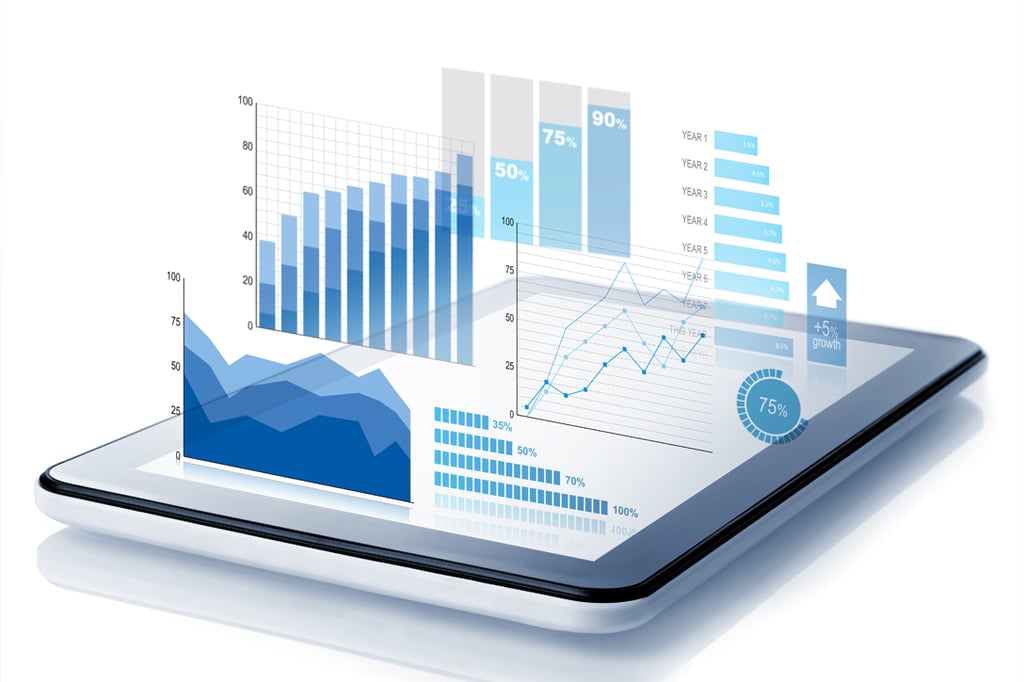Five Database Technology ‘Faceoffs’ Explained For as long as anyone in IT can remember, building a data warehouse involved moving massive amounts of data into a centralized environment that made it possible to launch queries against it. Today SAP is moving to reinvent data warehousing with the release of version 7.4 of the SAP Business […]

Five Database Technology ‘Faceoffs’ Explained

For as long as anyone in IT can remember, building a data warehouse involved moving massive amounts of data into a centralized environment that made it possible to launch queries against it. Today SAP is moving to reinvent data warehousing with the release of version 7.4 of the SAP Business Warehouse powered by SAP HANA.
Announced at the HANA 2014 conference, the latest version of SAP Business Warehouse makes use of Smart Data Access connectors to allow users to query data residing outside the SAP data warehouse. Neil McGovern, senior director of product and innovation marketing, says that while users will still want to query data residing in SAP Business Warehouse, for performance reasons there are just as many times when moving data into the warehouse simply doesn’t make practical sense.
The Smart Data Access connectors essentially turn data residing outside the SAP data warehouse into a virtual set of distributed resources that can be queried regardless of the format or database, including Hadoop, in which it is stored.
With the rise of data virtualization technologies and more sophisticated approaches to managing metadata, the idea of a data warehouse being a single physical entity is starting to become an archaic construct. In its place we’re starting to see the emergence of what are essentially virtual data warehouses that will leverage technologies such as in-memory computing to create persistent models of data using in-memory data fabrics that are no longer dependent on the data actually residing in a particular location.
Thanks to the ability to query all that data in real time, all the information that business organizations collect might soon have more value than ever. In fact, the real challenge may not be collecting and analyzing all that data, but rather ultimately coping with the Big Data culture shock that most organizations at this point are not prepared to absorb.
MV
Michael Vizard is a seasoned IT journalist, with nearly 30 years of experience writing and editing about enterprise IT issues. He is a contributor to publications including Programmableweb, IT Business Edge, CIOinsight and UBM Tech. He formerly was editorial director for Ziff-Davis Enterprise, where he launched the company’s custom content division, and has also served as editor in chief for CRN and InfoWorld. He also has held editorial positions at PC Week, Computerworld and Digital Review.







